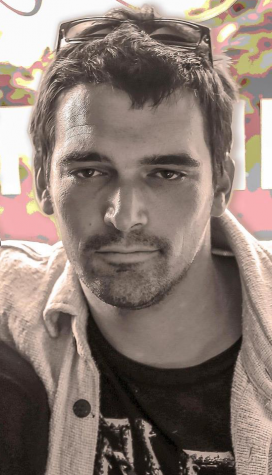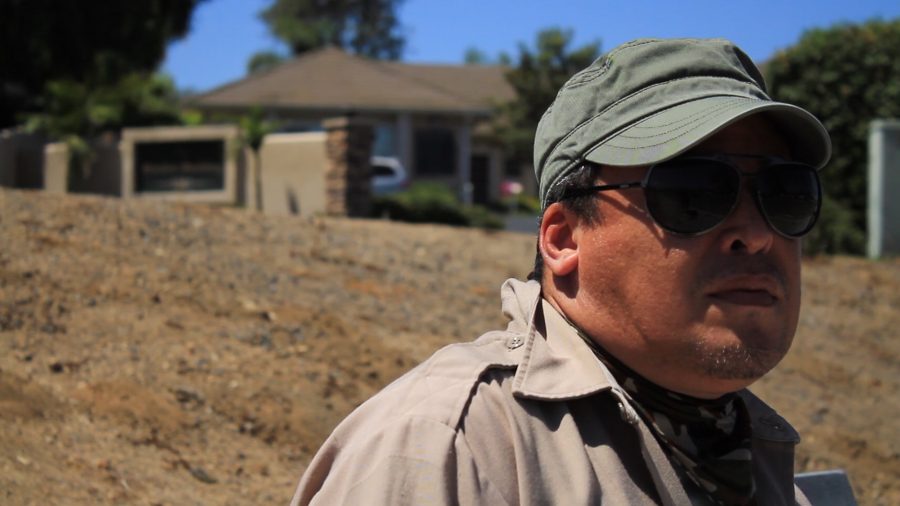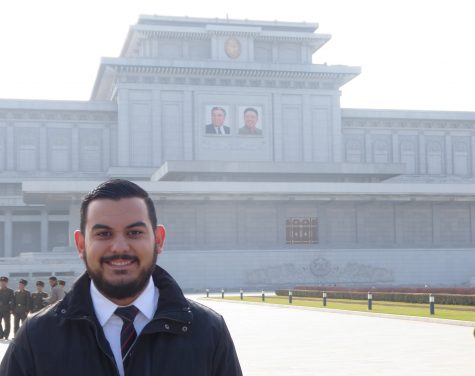In an effort to help those in need, humanitarian Orlando Barahona has proposed an emergency housing plan he calls Las Casitas Tiny Homes Village. The housing plan calls for the creation of a small colony of houses that can be used as transitional homes for homeless men and women including their children. The Village will also serve as a place where medical help, case work, and possibly specialized job training can be obtained on-site for the homeless community.
In “A Homeless Voice,” a short film by Brooks Venters, Barahona talks about how his life as a freelance web designer and graphic artist changed when he became homeless after losing his biggest clients. He then suffered from substance abuse and was admitted into programs off and on. Considering himself to be a secular humanist, Barahona also found it difficult to find help in a religious based program, saying in the film “Am I supposed to just, you know, pray my anxiety away? That’s not going to work for me, I need to talk to a professional.” After learning he was HIV positive, he sought medical treatment which proved difficult to get, thus leaving him unconvinced that the programs in place were meeting his needs. The 24 minute film also takes a look into the housing plan and how he got the idea. “A Homeless Voice” is the first film by Venters, a digital marketing associate from Oceanside.

In a business plan outline sent to The Mesa Press by Barahona, estimates for the village are set at $1,520 per home. The cost is based on a previously made small house village in Canada for which this plan draws inspiration from. An official prototype has not been designed yet, but the idea would be small inexpensive and portable “pods” that tenants can take with them once they have accumulated enough public service hours or paid for themselves after finding employment. Owning a portable house could be considered an incentive for people to volunteer and participate in the program.
Submitting his idea to a design contest for nonprofit developers and organizations was also suggested as a way to design the first prototype and get public funding, as made possible through the McKinney-Vento Homeless Assistance Act of 1987. The act, signed into law by President Ronald Reagan, provides federal funding to programs that support the homeless.

Courtesy of Orlando Barahona.
After contacting a nonprofit developer, Barahona was told by the potential partner that the proper research would be conducted in order to have a proposal and application submitted by the deadline for the competition. The deadline passed in September with no help from the other party, leaving Barahona without a developer or contractor to help with the project.
The first priority of the housing plan would be to provide transportation to health programs or work sites for tenants. An area in Oceanside is being considered due to its close proximity to law enforcement and a local hospital. As an alternative, large trucks could be converted into mobile units that could then provide those services as well as casework or job training for residents. These mobile units could also be reused and sent to other locations that need them.
The village would have a park or rest area, security post, and a central tower where showers, a dining hall, and other basic living accommodations can be fulfilled for those living there.
Barahona is currently in a transitional housing program. More information on him and his cause can be found on his blog hisd.life, and “A Homeless Voice” is now available to stream for free on Vimeo.


